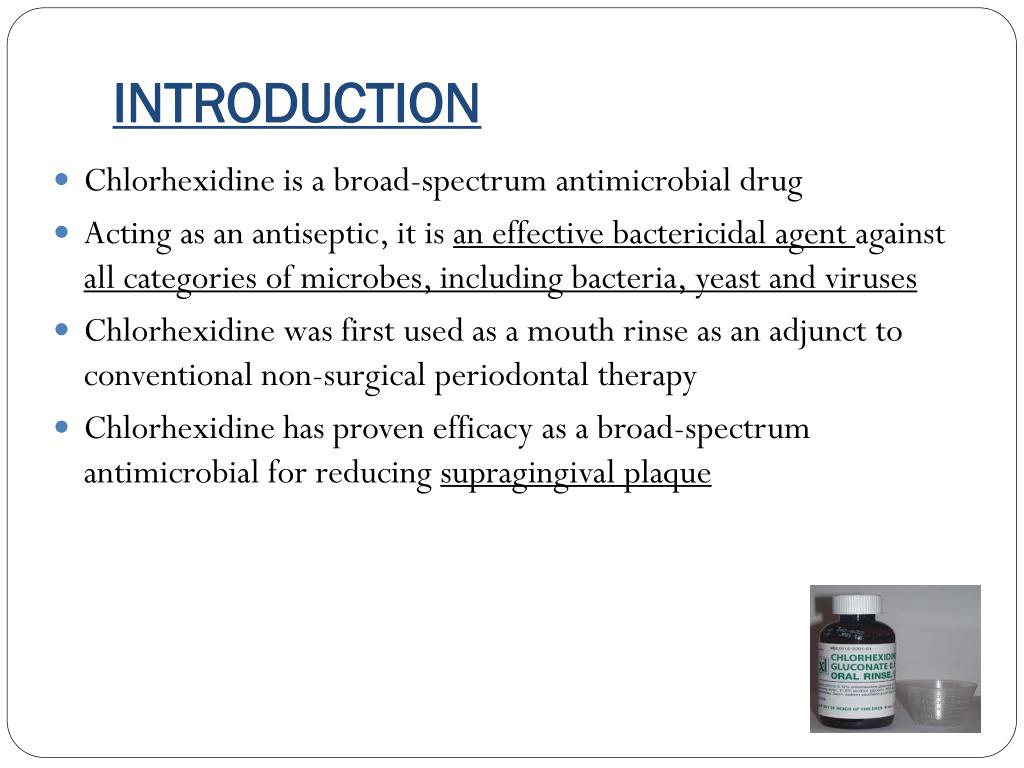Does Chlorhexidine Kill Gram Negative Bacteria. Chlorhexidine is used in disinfectants (disinfection of the skin and hands), cosmetics (additive to creams, toothpaste, deodorants, and antiperspirants), and pharmaceutical products (preservative in eye drops, active substance in wound dressings and antiseptic mouthwashes). So how does it work?

Web gegen den wildtyp und andere membranvarianten von escherichia coli ist chlorhexidin hochwirksam; A 2019 cochrane review concluded that based on very low certainty evidence in those who are criticall… Web chlorhexidine is the active agent in many surgical scrubs, prescription mouthwashes, and other bactericidal and bacteriostatic substances.
Chlorhexidine Has Also Been Shown To.
Einige gramnegative bakterien sind jedoch gegen chlorhexidin. Web chlorhexidine was introduced into dentistry in 1954; However, a comparative study of the action of.
Web Isopropyl Alcohol (20%) Is Effective In Killing The Cysts Of Acanthamoeba Culbertsoni ( 560) As Are Chlorhexidine, Hydrogen Peroxide, And Thimerosal 496.
Enteritidis) had mic and mbc values between. So how does it work? Its use is becoming widespread as an adjuvant treatment of mechanical control,.
Web Chlorhexidine Is The Active Agent In Many Surgical Scrubs, Prescription Mouthwashes, And Other Bactericidal And Bacteriostatic Substances.
Antibiotics) and has a quicker kill rate. Web gegen den wildtyp und andere membranvarianten von escherichia coli ist chlorhexidin hochwirksam; Web mouth and teeth chlorhexidine is the most commonly used mouthwash for chemical plaque control.
Aeruginosa Pao1 And Staphylococcus Aureus Attc 29213,.
Web chlorhexidine is a chlorinated phenolic disinfectant used commonly in mouthwash for its action against bacteria. Sigmaaldrich.com has been visited by 100k+ users in the past month Web chlorhexidine gluconate is a cationic biguanide that binds to negatively charged microbial cell membranes, thereby disrupting their function, leading to potential.
A 2019 Cochrane Review Concluded That Based On Very Low Certainty Evidence In Those Who Are Criticall…
Chlorhexidine inactivates microorganisms with a broader spectrum than other antimicrobials (e.g. Chlorhexidine is used in disinfectants (disinfection of the skin and hands), cosmetics (additive to creams, toothpaste, deodorants, and antiperspirants), and pharmaceutical products (preservative in eye drops, active substance in wound dressings and antiseptic mouthwashes).